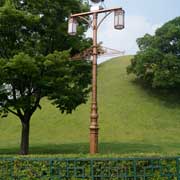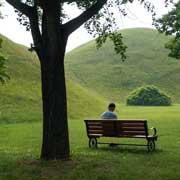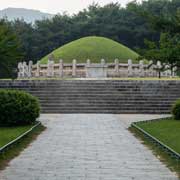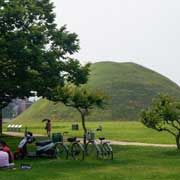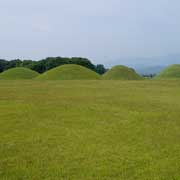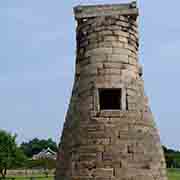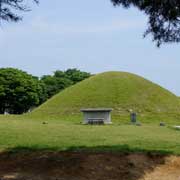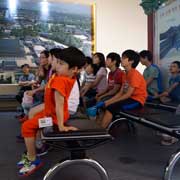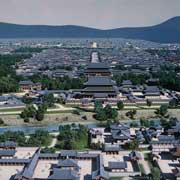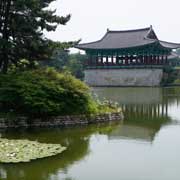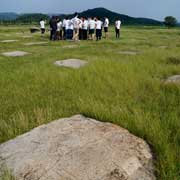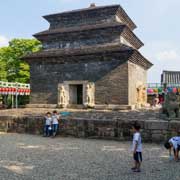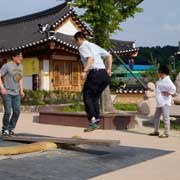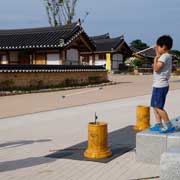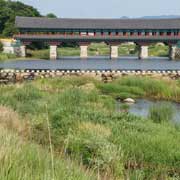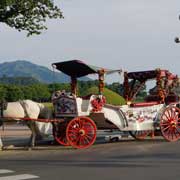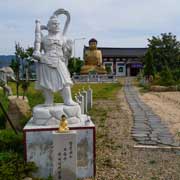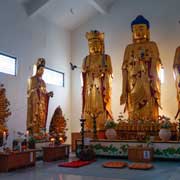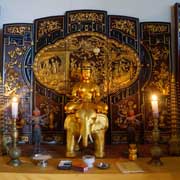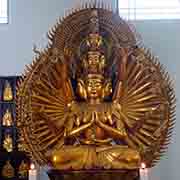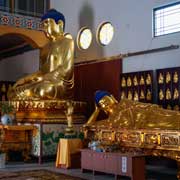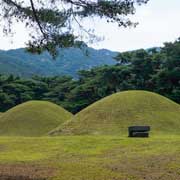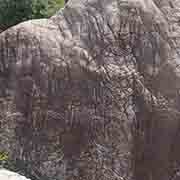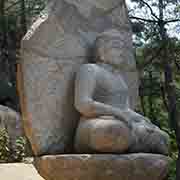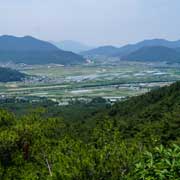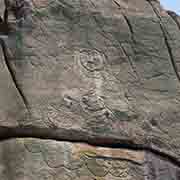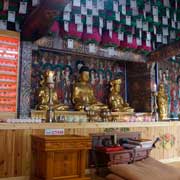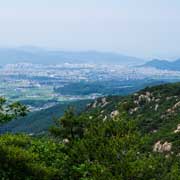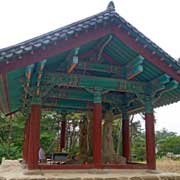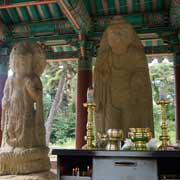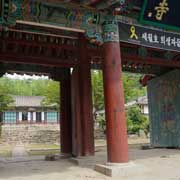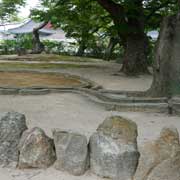Photos of Gyeongju, North Gyeongsang Province, Korea
Gyeongju, North Gyeongsang Province
Gyeongju, a city in the southeast of Gyeongsangbuk-do (North Gyeongsang Province) was the site of Seorabeol, the capital of the ancient kingdom of Silla (57 BCE – 935 CE), which, at its greatest extent between the 7th and 9th centuries, encompassed about two-thirds of the Korean Peninsula. Many archaeological sites and cultural properties from this period remain in the city.
you may then send it as a postcard if you wish.
The many grassy tumuli, Silla-era tombs are notable, especially in Noseo-dong district, Daeneungwon, the tumuli park with 23 graves of Silla monarchs and family members, and Wolseong Park, southeast of central Gyeongju. Here is also Cheomseongdae, the oldest surviving observatory in East Asia, constructed between 632 and 646 CE. Many other sites, like Anapji or Wolji Pond, were part of a pleasure garden commemorating the unification under the Silla kingdom, near the excellent Gyeongji National Museum.
Namsan Mountain, a 494-meter peak in the heart of Gyeongju National Park, just south of Gyeongju, is home to many temples and shrines and was considered sacred by many during the Silla Kingdom. It is a veritable open-air museum with 100 temples, 80 stone Buddha statues, and 60 stone pagodas scattered across the mountainside. It offers beautiful hiking trails and views back to Gyeongju as well.



